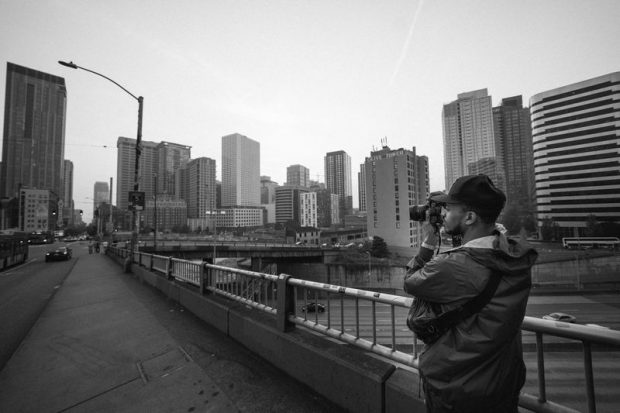Not known Facts About Framing Streets
Framing Streets Things To Know Before You Get This
Table of Contents8 Easy Facts About Framing Streets ShownThings about Framing StreetsThe Facts About Framing Streets RevealedNot known Details About Framing Streets About Framing StreetsFraming Streets Fundamentals Explained
Photography style "Crufts Pet Show 1968" by Tony Ray-Jones Street digital photography (likewise occasionally called candid photography) is photography carried out for art or query that includes unmediated opportunity experiences and random occurrences within public areas, generally with the aim of catching photos at a definitive or touching moment by cautious framing and timing. 
The Single Strategy To Use For Framing Streets
Susan Sontag, 1977 Road digital photography can concentrate on people and their behavior in public. In this regard, the street digital photographer is comparable to social documentary digital photographers or photographers that also operate in public locations, however with the objective of capturing relevant events. Any of these digital photographers' photos might catch people and home noticeable within or from public locations, which usually entails navigating moral problems and regulations of privacy, protection, and property.
Representations of daily public life form a category in almost every period of globe art, beginning in the pre-historic, Sumerian, Egyptian and early Buddhist art periods. Art handling the life of the road, whether within sights of cityscapes, or as the leading theme, shows up in the West in the canon of the Northern Renaissance, Baroque, Rococo, of Romanticism, Realistic look, Impressionism and Post-Impressionism.
What Does Framing Streets Mean?
Louis Daguerre: "Blvd du Holy place" (1838 or 1839) In 1838 or 1839 the very first picture of numbers in the street was tape-recorded by Louis-Jacques-Mand Daguerre in among a set of daguerreotype sights extracted from his studio home window of the Blvd du Holy place in Paris. The 2nd, made at the elevation of the day, reveals an unpopulated stretch of street, while the other was taken at regarding 8:00 am, and as Beaumont Newhall reports, "The Boulevard, so frequently full of a relocating throng of pedestrians and carriages was perfectly solitary, other than an individual that was having his boots brushed.
His boots and legs were well specified, however he is without body or head, due to the fact that these were in movement." Charles Ngre, waterseller Charles Ngre. https://framing-streets.jimdosite.com/ was the first digital photographer to achieve the technological sophistication required to sign up individuals in visit the site movement on the road in Paris in 1851. Digital Photographer John Thomson, a Scotsman dealing with journalist and social protestor Adolphe Smith, released Road Life in London in twelve month-to-month installments beginning in February 1877
The smart Trick of Framing Streets That Nobody is Talking About
Eugene Atget is considered as a progenitor, not due to the fact that he was the first of his kind, but as a result of the popularisation in the late 1920s of his record of Parisian streets by Berenice Abbott, who was motivated to take on a comparable documentation of New york city City. [] As the city developed, Atget helped to advertise Parisian roads as a worthwhile subject for photography.

The Best Guide To Framing Streets
Andre Kertesz.'s extensively appreciated Images la Sauvette (1952) (the English-language edition was titled The Crucial Minute) promoted the concept of taking a picture at what he termed the "definitive minute"; "when type and web content, vision and composition combined into a transcendent whole" - copyright a7iv.
Facts About Framing Streets Uncovered
The recording machine was 'a covert video camera', a 35 mm Contax concealed underneath his layer, that was 'strapped to the breast and linked to a long cord strung down the best sleeve'. Nonetheless, his job had little contemporary influence as because of Evans' level of sensitivities concerning the creativity of his job and the personal privacy of his topics, it was not released until 1966, in guide Numerous Are Called, with an introduction created by James Agee in 1940.
Helen Levitt, then a teacher of young kids, connected with Evans in 193839. She recorded the temporal chalk illustrations - Lightroom presets that became part of children's street culture in New York at the time, in addition to the children that made them. In July 1939, Mo, MA's new photography area included Levitt's operate in its inaugural exhibitRobert Frank's 1958 publication,, was substantial; raw and often indistinct, Frank's images examined mainstream digital photography of the moment, "tested all the formal policies laid down by Henri Cartier-Bresson and Pedestrian Evans" and "contradicted the wholesome pictorialism and sincere photojournalism of American publications like LIFE and Time".